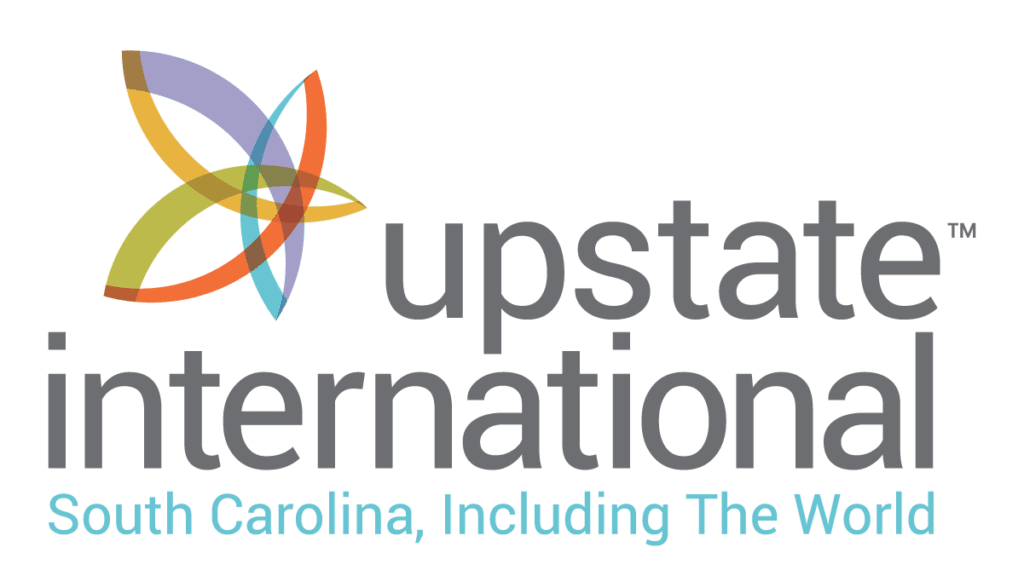All lectures include a light lunch and plenty of time for questions and networking with peers. From 2015 to 2017, the Russian government affiliated Internet Research Agency produced nearly 2.8 million English-language tweets from accounts that purported to be operated by US nationals or organizations. Almost half of the trolls’ output were retweets of or replies to other accounts, overwhelmingly from outside the network. We analyze the characteristics of outside accounts that were targeted by the trolls in this way, and how this behavior changed over the life of the operation, in order to inder what role contacts with outsiders played in the trolls’ propoganda strategy. We document the three stage life-cycle of these externally-oriented trolls: introduction, growth, and amplification. In a quasai-experiment of the amplification stage, we estimate that in the month leading up to the 2016 US Presidential election, the trolls induced about 3 million additional tweets from and 4 million additional followers for the 25,000 unique accounts they amplified, an impact that rivals the direct output of the trolls themselves over the entire three-year campaign.

